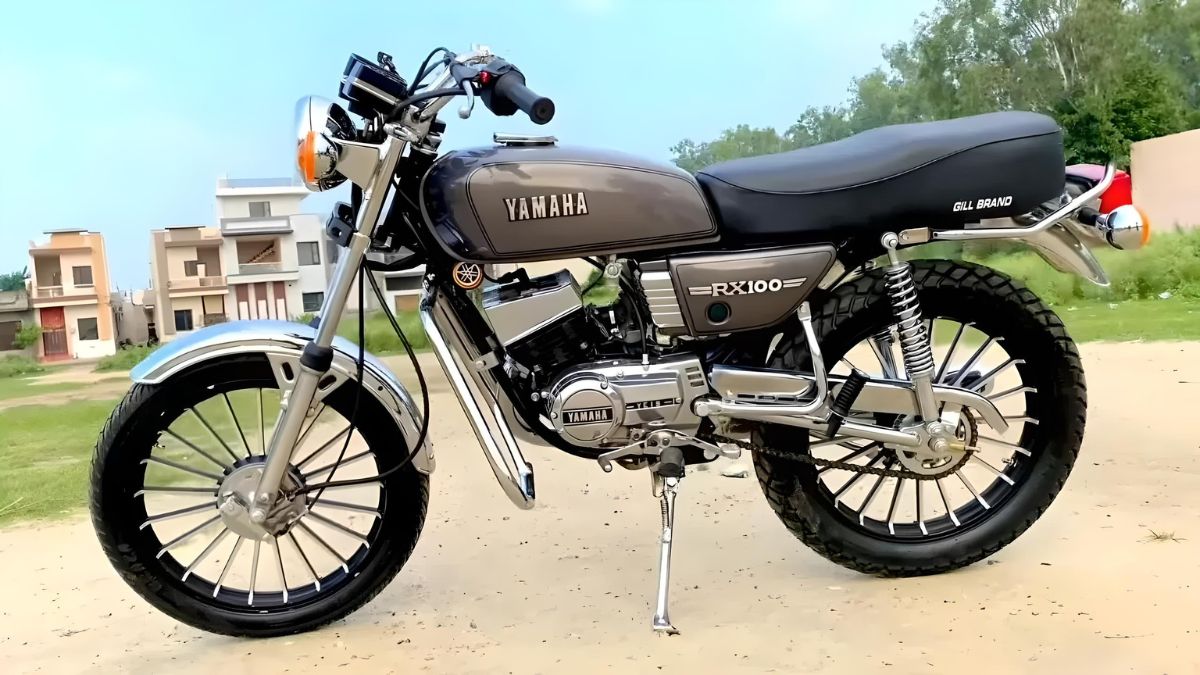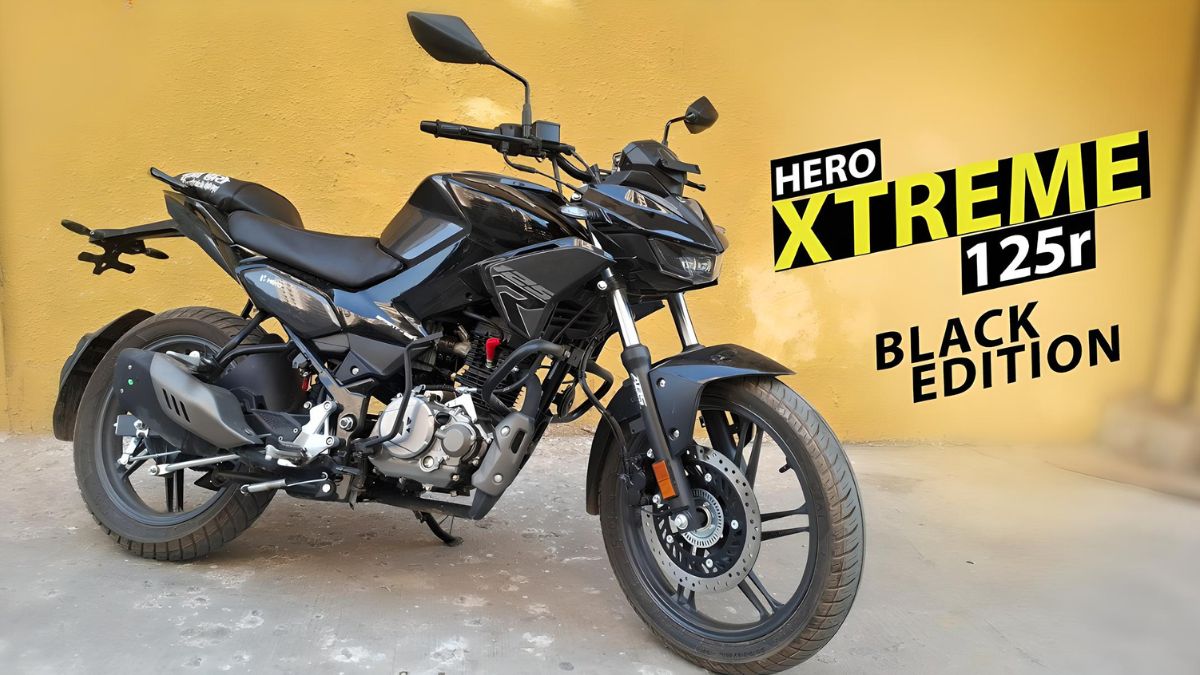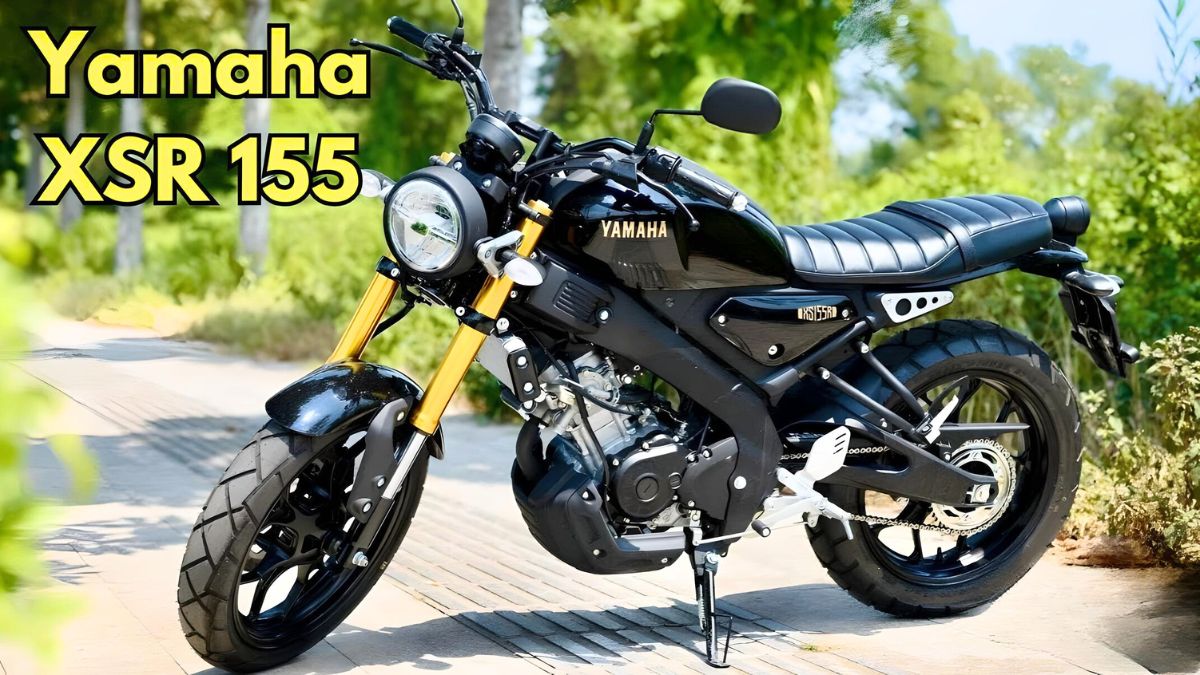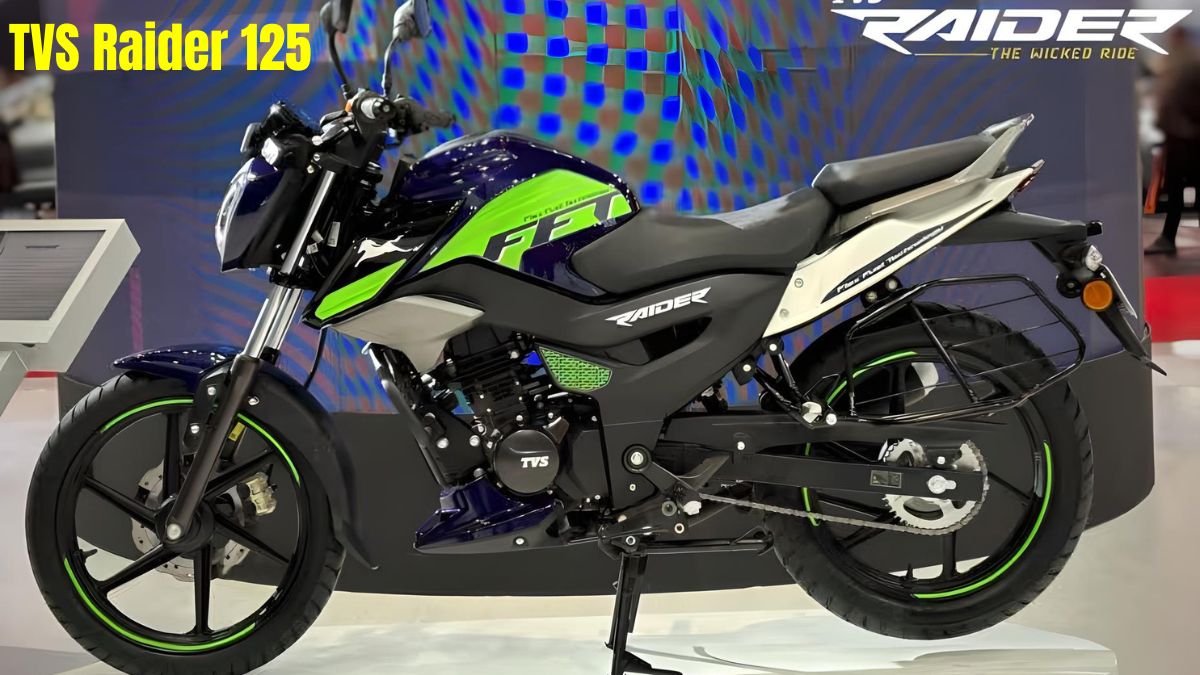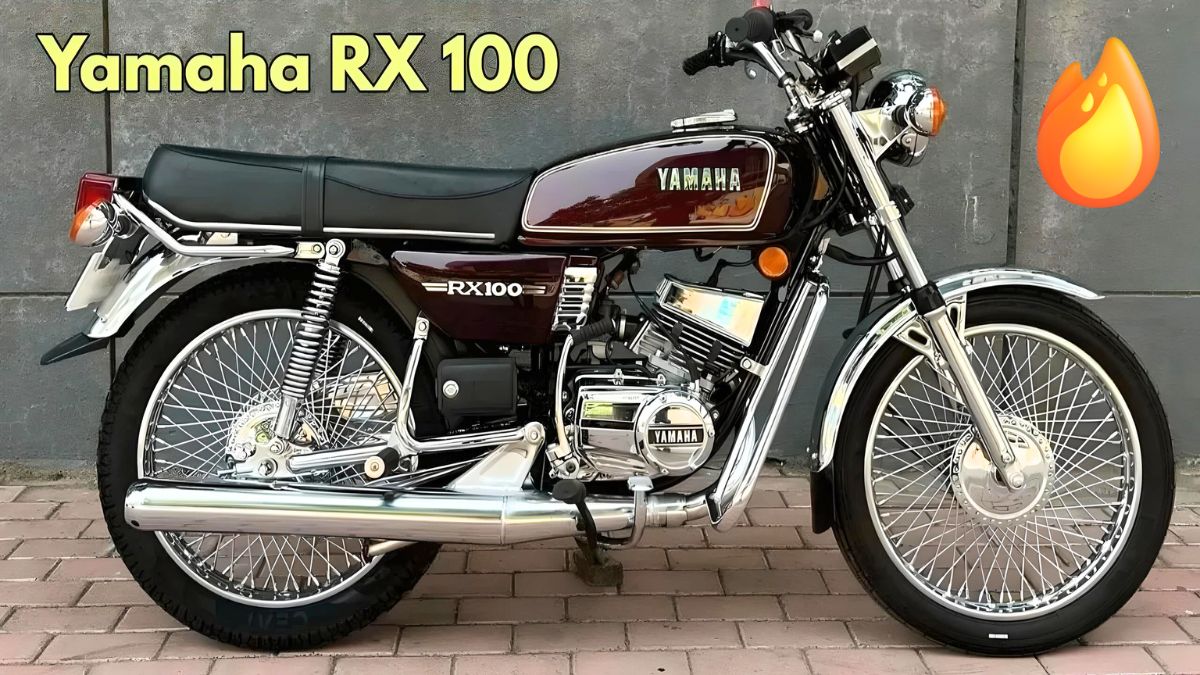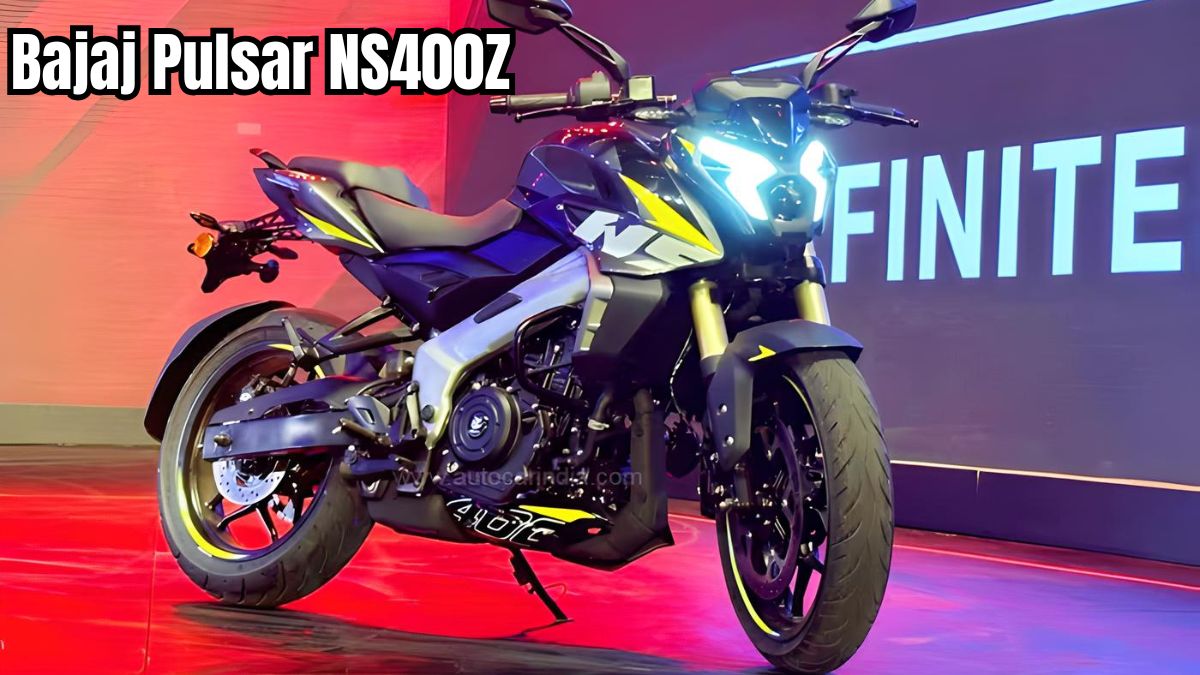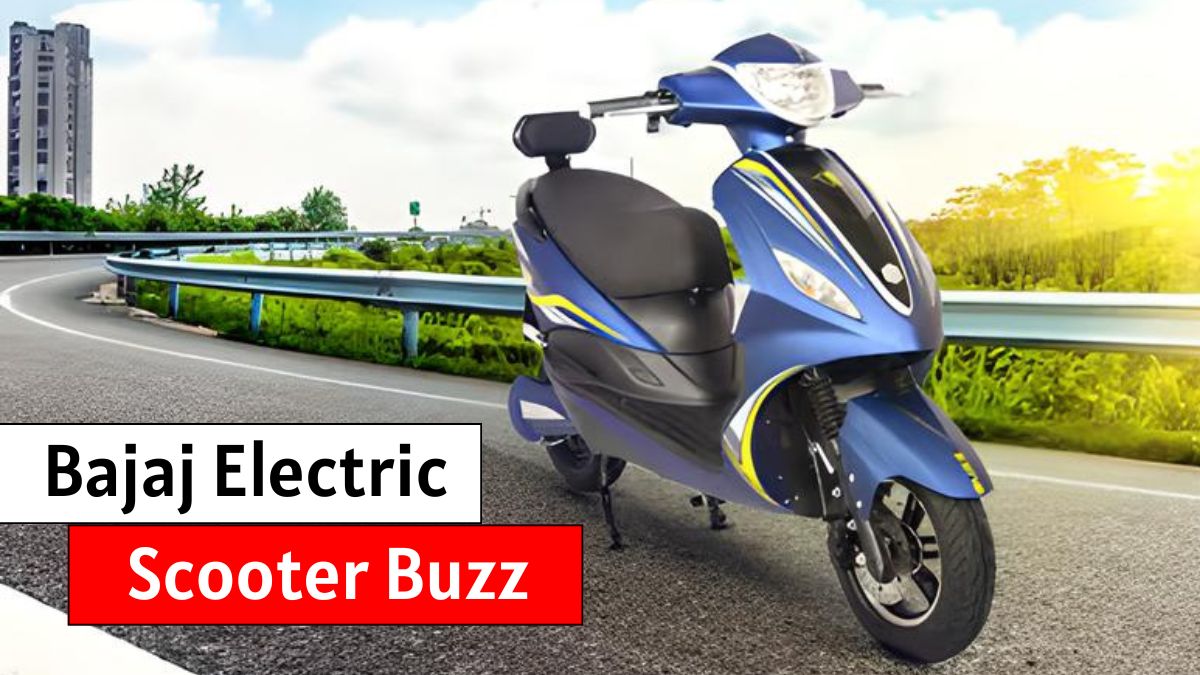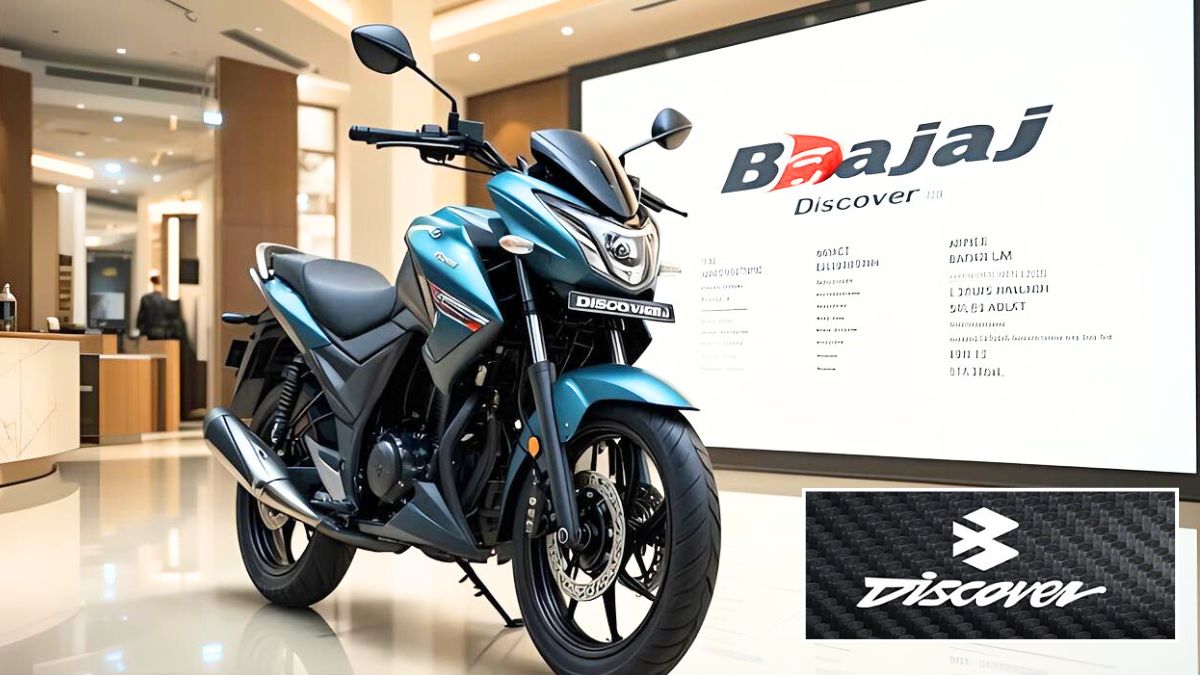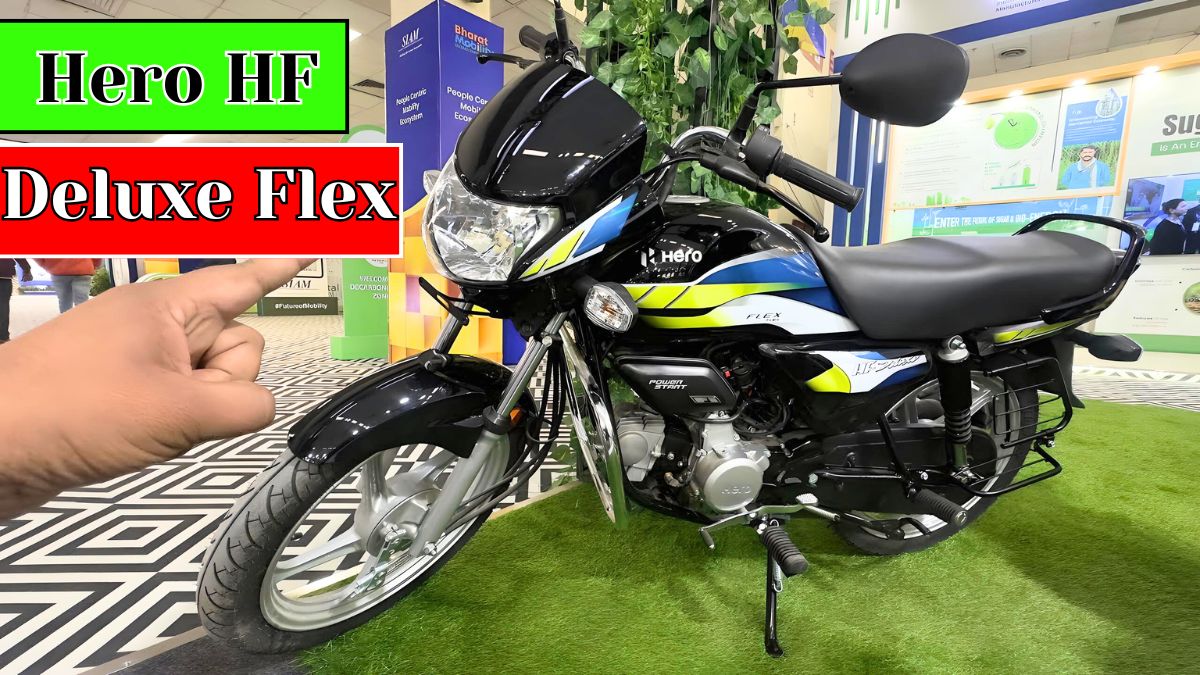Yamaha RX100 – Ask any Indian biking enthusiast about the Yamaha RX100, and watch their eyes light up. This isn’t just a motorcycle—it’s a part of India’s two-wheeler legacy. From college campuses in the 90s to vintage bike rallies today, the RX100 has carved out a space in the hearts of generations. Launched in November 1985, it quickly became a symbol of youth, freedom, and pure adrenaline on two wheels.
Even though it was discontinued way back in 1996, the RX100 hasn’t lost its shine. In fact, it has become even more desirable, with restored models now being treated like prized possessions.
How the RX100 Changed the Game
Back in the 80s, most Indian bikes were all about mileage. Yamaha, though, had something different in mind. They dropped the RX100 into the market—a 98cc two-stroke beast that churned out 11 horsepower. That might sound small today, but at the time, it was wild.
This bike weighed just about 103 kg, making it insanely light and quick. Twist the throttle, and you’d feel an instant surge. It could hit speeds close to 100 km/h, giving a generation of riders their first real taste of speed.
Why Everyone Fell in Love with the RX100
So what made the RX100 stand out? A bunch of things, honestly.
First, the performance. It had a lightning-quick throttle and felt almost like an extension of your body. Whether you were weaving through traffic or racing your buddy down a back road, it never let you down.
Then there was that sound. If you’ve ever heard the RX100’s exhaust note, you know what we’re talking about. That “ring-ding-ding” of the two-stroke engine was music to a rider’s ears. Throw in the distinct smell of 2T oil burning, and it became a complete sensory experience.
Design-wise, it kept things simple—round headlamp, flat seat, chrome finishes, and a compact fuel tank. It didn’t need flashy graphics or sharp angles to look good. Even now, an RX100 turning a corner is guaranteed to turn heads.
But what really made it special was the connection people had with it. Riders didn’t just use the RX100 to get from point A to B—they maintained it, tweaked it, and cherished it. Many still do.
More Than Just a Bike, It Was a Lifestyle
The RX100 was everywhere—in movies, in college bike stands, in street races, and garage workshops. Owning one gave you instant street cred. And if you modified it with a louder exhaust or painted it in wild colors, even better.
A whole generation of riders learned their way around engines because of the RX100. They’d spend weekends tuning the carburetor, changing the spark plug, or just polishing the chrome to a shine. It was the kind of bike that turned riders into mechanics and fans into lifers.
Why Did It Go Away?
By the mid-90s, the Indian market started shifting toward fuel-efficient four-stroke engines. Emission norms got tighter, and two-stroke bikes started vanishing. Sadly, the RX100 was among them. In 1996, Yamaha officially stopped production.
But it didn’t disappear. On the contrary, its reputation grew. Today, an RX100 in decent condition can cost way more than its original price. Restorers and collectors treat them like classic art.
Still Going Strong in 2025
Even today, the Yamaha RX100 community is alive and buzzing. From social media groups to weekend ride clubs, RX100 fans continue to celebrate this icon. Classic bike shows and vintage rallies often feature rows of gleaming RX100s, each with its own backstory.
Some bikes have been passed down from fathers to sons. Others have been lovingly rebuilt from rusted-out shells. Either way, they carry decades of nostalgia.
Is the RX100 Coming Back?
Rumors have been flying for years about Yamaha bringing back the RX100—this time with a modern engine that meets today’s norms. Talk of a 125cc four-stroke version with updated features has sparked serious excitement. While Yamaha hasn’t confirmed anything officially, the demand is clearly there.
If the RX100 does make a comeback, it could strike the perfect balance between retro appeal and modern performance. It would definitely shake things up in today’s commuter bike market.
Final Thoughts
The Yamaha RX100 isn’t just a motorcycle—it’s a feeling. It represents a time when bikes were raw, fun, and personal. For those who rode it, the RX100 was their first love. For those discovering it now, it’s a glimpse into biking’s golden era.
Whether or not it ever returns to showrooms, one thing’s for sure—the RX100’s legacy is here to stay.
